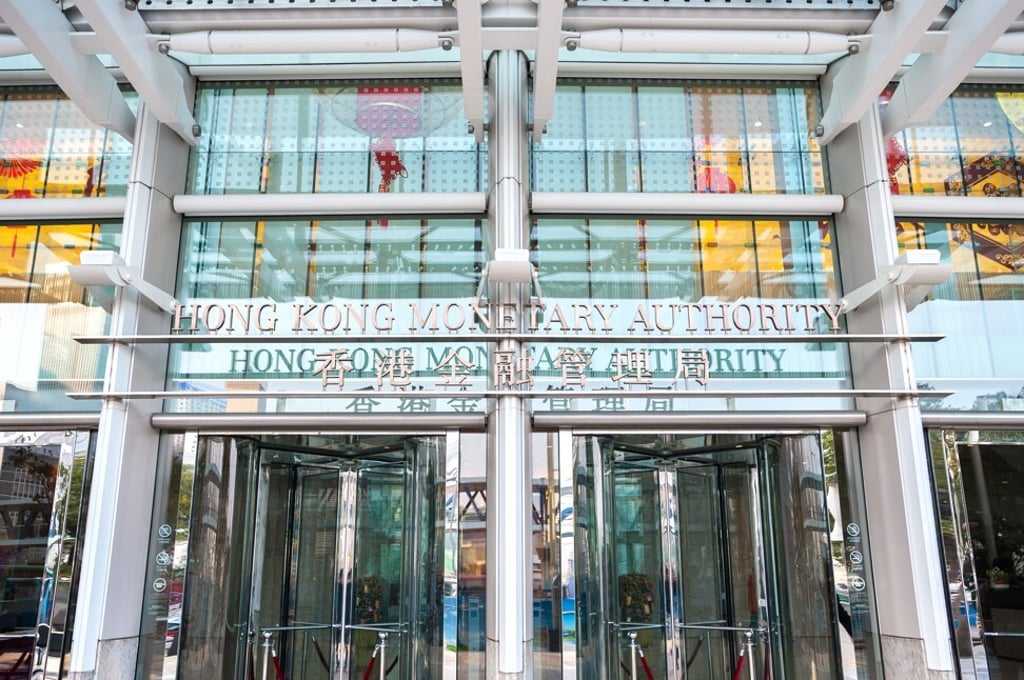Opinion | How US Fed monetary policy is putting Hong Kong’s economy at risk
- Hong Kong risks its currency being dragged down by the dollar and inflation contagion while its own policy is held back by the peg
- The solution is tighter financial regulation, particularly in bank capital and loan ratio requirements – and perhaps a new currency peg

The coronavirus pandemic dealt a severe blow to the global economy last year after it took a battering in 2019. As a result, central banks around the world have released rounds of cheap money into the market to support recovery – most of all in the United States.
First, with the US printing money hand over fist, the dollar’s value is crumbling. Since the start of April, it has depreciated by 3.8 per cent against the Canadian dollar and the euro. Most recently, the share of US dollar reserves held by central banks worldwide has fallen to 59 per cent, the lowest in 25 years.
This poses a serious risk to the Hong Kong dollar, which is being dragged down with it. The depreciation of the Hong Kong dollar stresses Hong Kong Monetary Authority (HKMA) reserves that have been allocated for much-needed relief for the domestic economy.

The HKMA has boosted its lending capacity to HK$1 trillion (US$129 billion) to help banks, released HK$780 billion in financing to support small and medium-sized enterprises, particularly in the hard-hit retail and transport sectors, and HK$49 billion in relief measures for workers.
